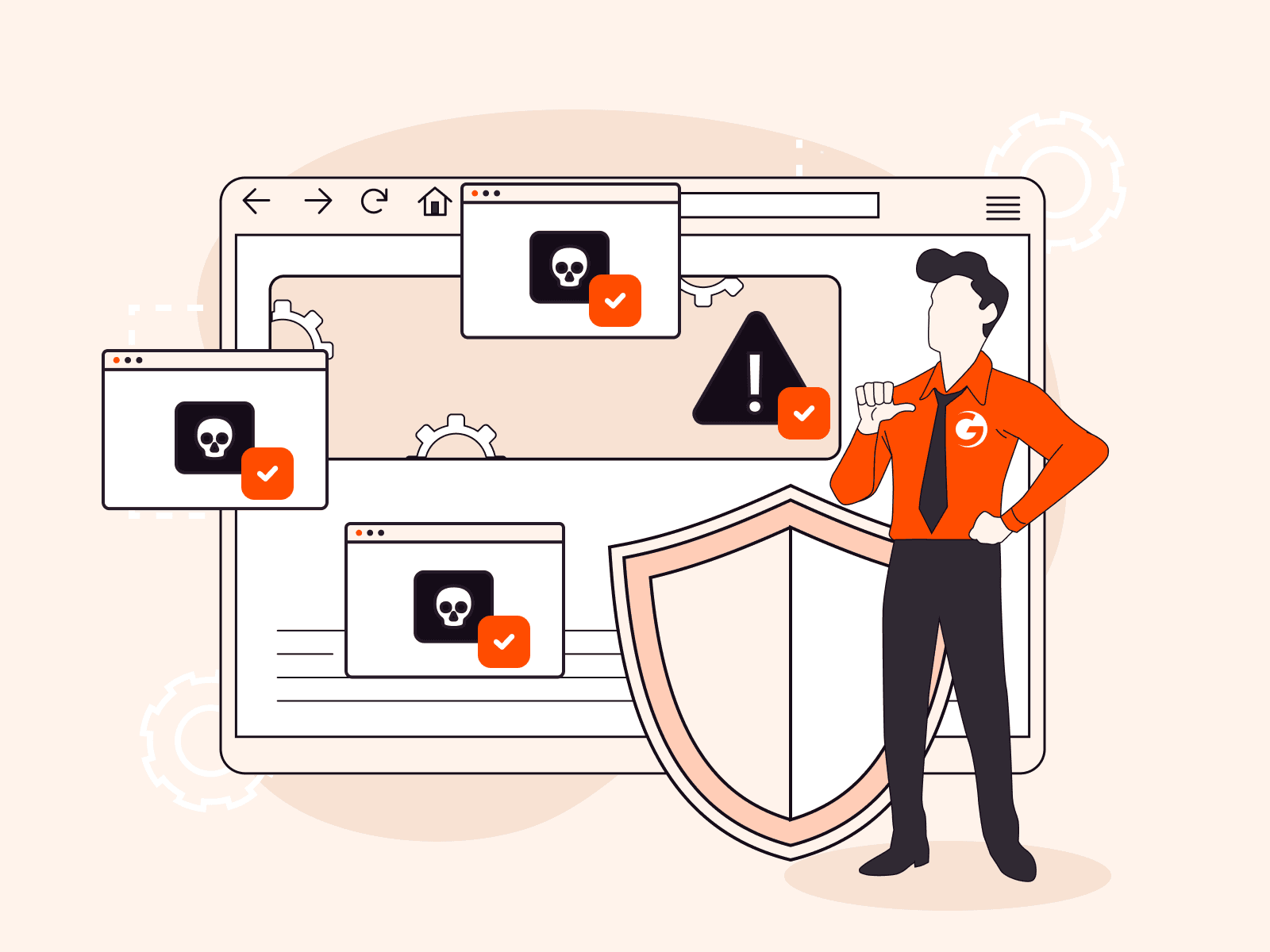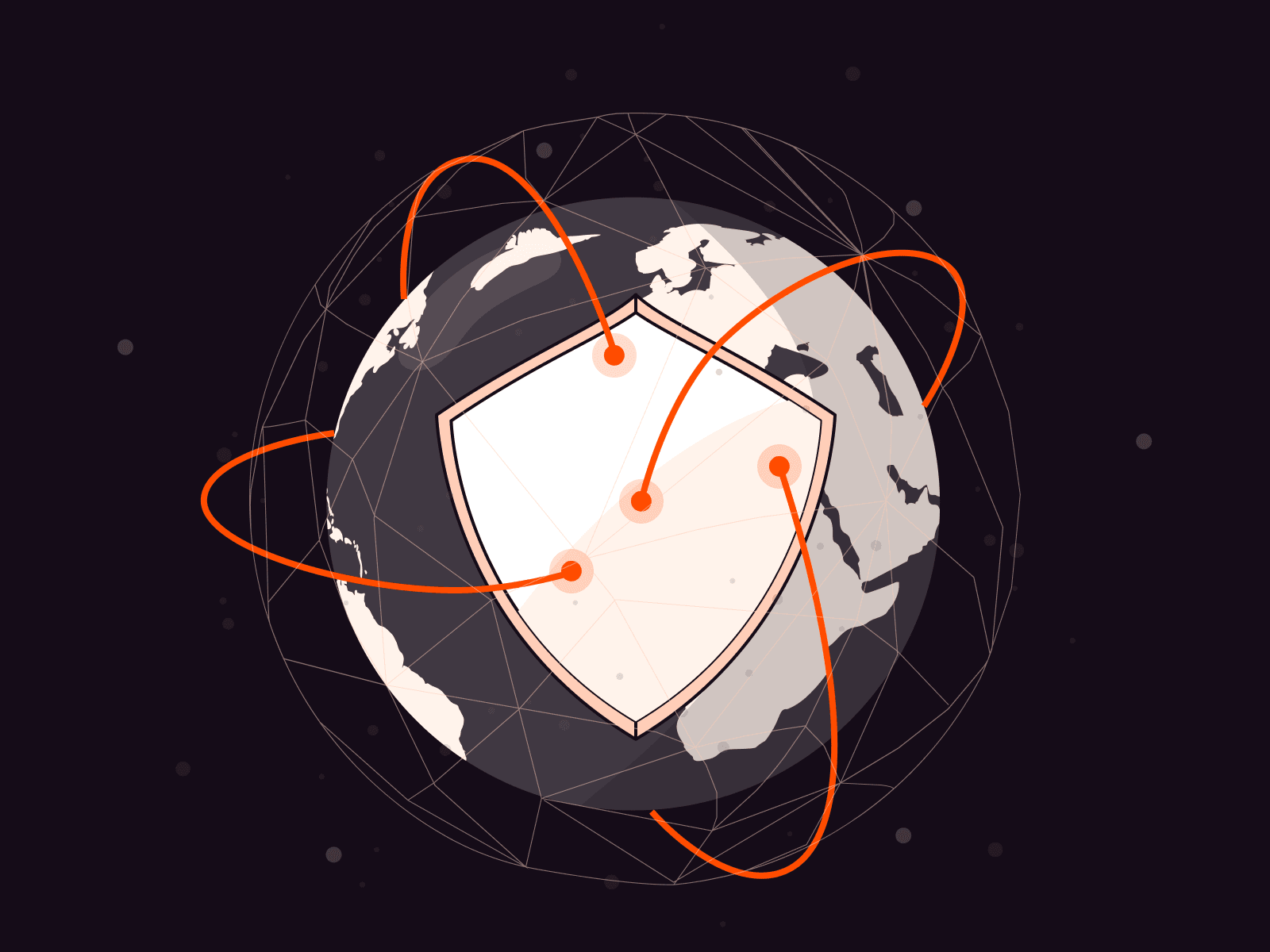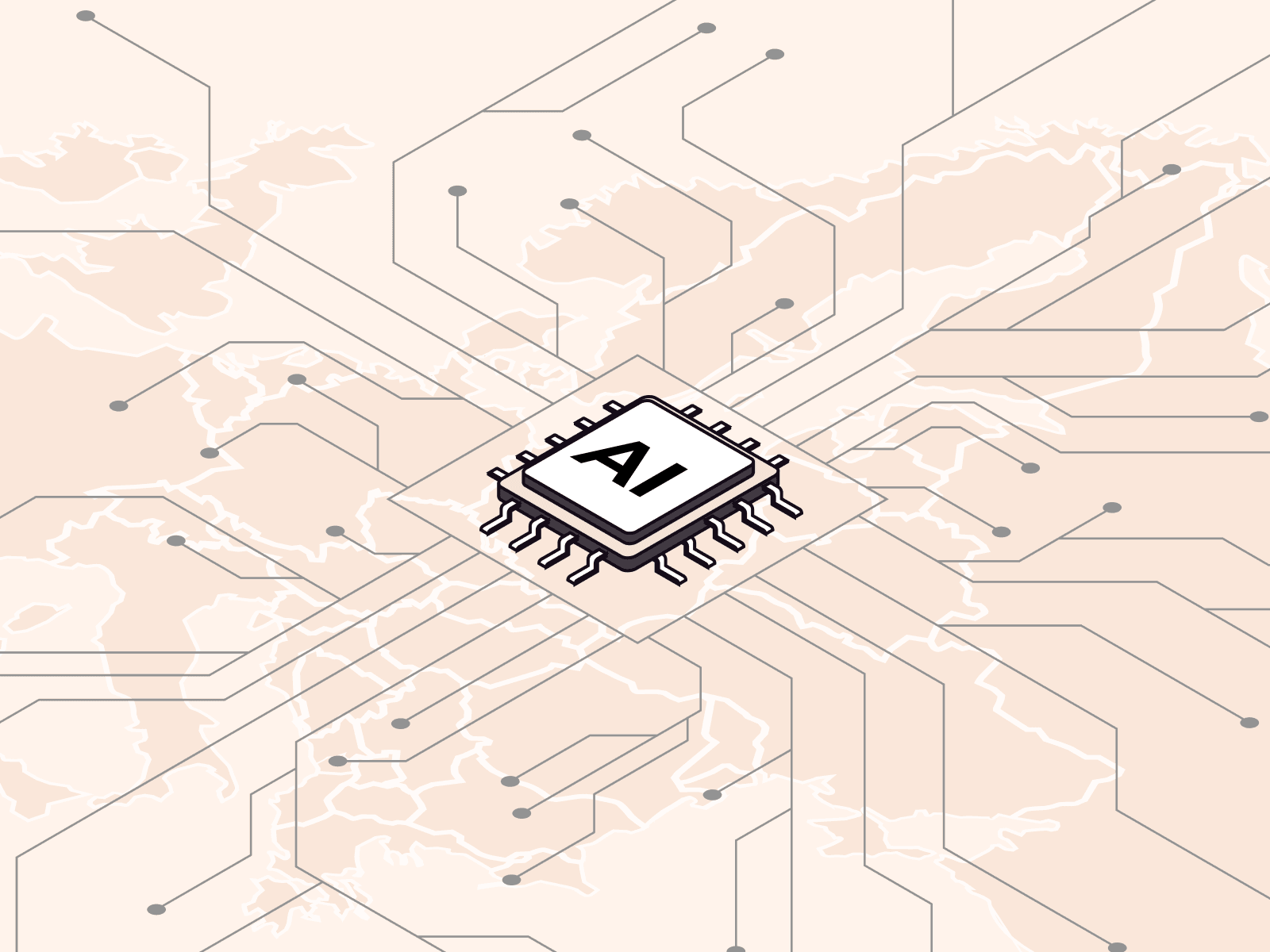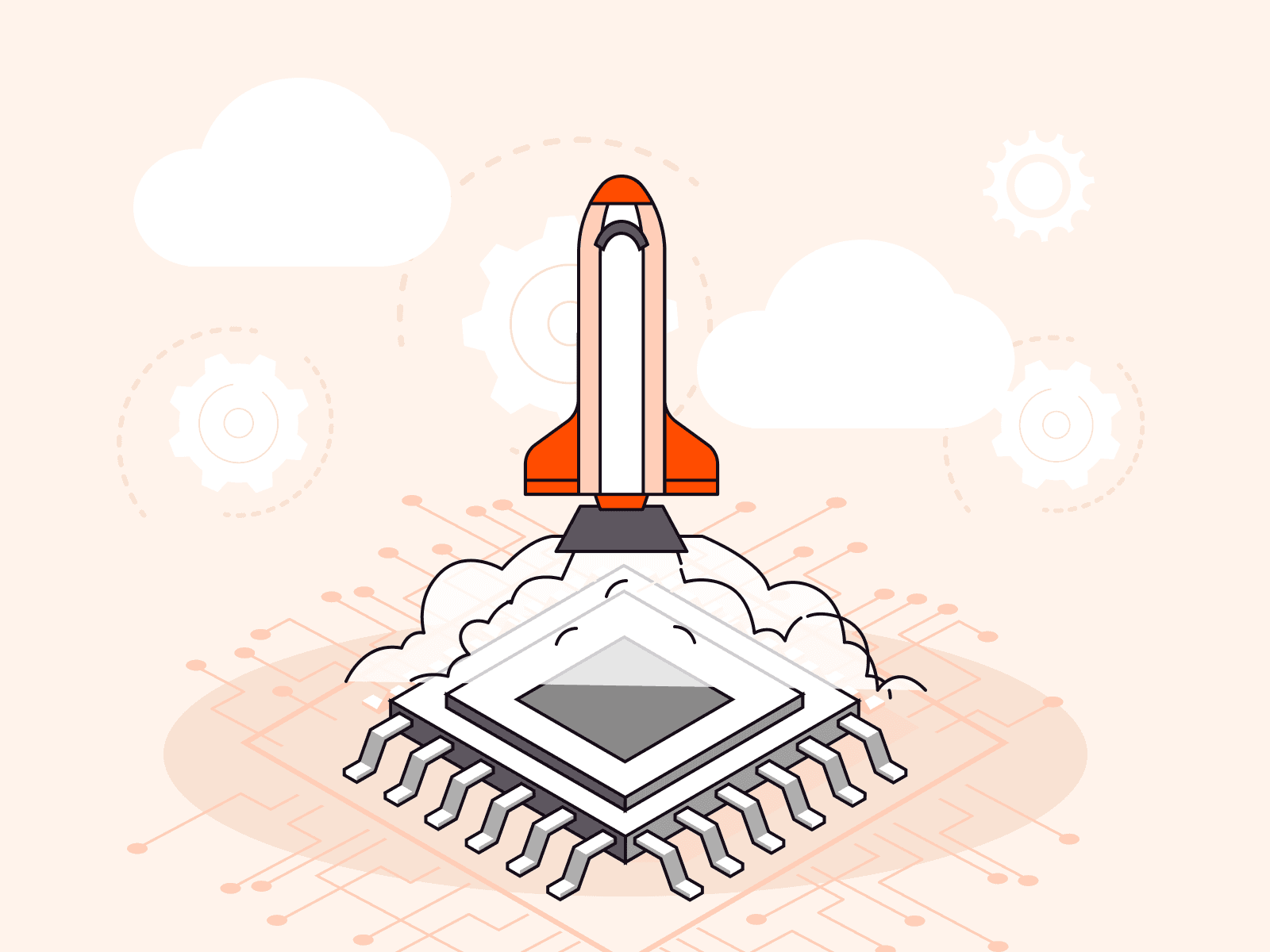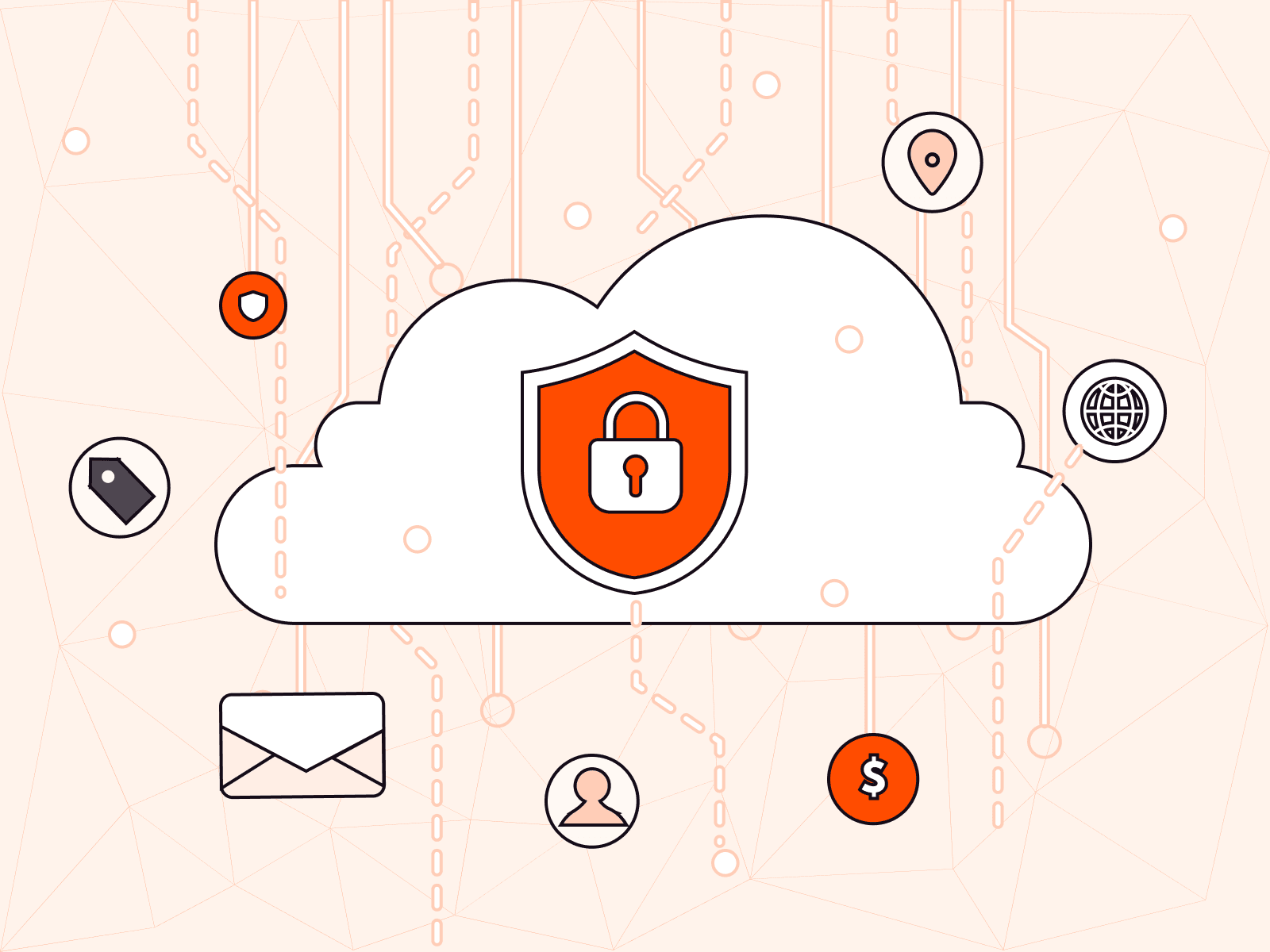How AI is improving L7 DDoS protection solutions
- May 5, 2025
- 3 min read

How AI is improving L7 DDoS protection solutions
DDoS attacks have always been a concern for organizations, but with the recent rise of AI and machine learning, the threat has grown. Layer 7 attacks are particularly damaging, as they focus on the application layer that users utilize to interact with your system. Unlike traditional DDoS attacks, which aim to overwhelm the servers with sheer traffic, these advanced threats imitate real user behavior, making it incredibly difficult for defenses to identify and block malicious traffic.
While this challenge is complex, it is far from insurmountable. In this situation, the mantra "fight fire with fire" really applies. By using machine learning and AI against AI-based attacks, organizations can then retaliate with equally advanced Layer 7 protection. These newer technologies can offer something beyond what more traditional techniques could hope to achieve, including significantly faster response times, smarter threat detection, and precision. Here’s how AI and ML are redefining how businesses stay online and secure.
Why L7 DDoS attacks are dangerous and hard to stop
L7 DDoS attacks are sneaky. Unlike network-based attacks that flood your bandwidth, these attacks go after your application logic. Picture thousands of fake users trying to log in, search for products, or complete transactions all at once. Your systems become overwhelmed, not because they’re receiving a massive amount of data, but because they’re handling what looks like genuine traffic.
The big challenge is filtering out the bad traffic while letting legitimate users through. After all, if you accidentally block real customers, you’re essentially doing the attackers’ job for them.
Manual defenses used in the past, such as rate limiting with static thresholds, can result in a lose-lose situation. When the threshold is set too high, attackers can enter, often in place of traditional users. If the threshold is set too low, legitimate users are left unable to access the application. This acts as a collective punishment, blocking users out of fear of a few malicious actors rather than an accurate solution that can identify the malicious activity and block it without compromising users’ experience. Traditional defenses, based on static rules or human intervention, simply cannot scale at the speed and intricacy of a modern attack. They’re reactive when they need to be proactive.
Filtering traffic without blocking customers
AI and ML avoid the pitfalls of traditional security systems by continuously analyzing traffic and identifying anomalies dynamically. One of the biggest pain points in DDoS defense is false positives, which block legitimate users because their behavior looks suspicious.
Traditional solutions relying on static rules simply block any IPs displaying suspicious behavior, while AI and ML track the activity of IPs over time, building a detailed profile of legitimate traffic. Sometimes referred to as IP profiling, this process groups together the IP addresses that interact predictably and legitimately with your systems. By analyzing both current and historical data, these systems can differentiate suspicious IPs from legitimate users. In the event of an attack, “safe” IPs are automatically allowed through, while suspicious ones are challenged or blocked.
These AI systems learn over time from previous attacks they’ve encountered, adapting for greater accuracy without any manual updating or intervention to counter-changing tactics. This allows the systems to correlate current traffic with historical profiles and continuously reassess the safety of certain profiles. This ensures that legitimate accounts can continue to access services unimpeded while malicious traffic is contained.
Traditional systems cannot achieve this level of precision, and instead tend to shut down applications during attacks, essentially allowing the attackers to win. With advanced AI and ML based defenses, businesses can maintain their service undisturbed for real users, even during an attack.
Fighting AI attacks with AI defenses
DDoS attacks are becoming increasingly adaptive, using AI to mimic real users, leaving the static rules in traditional solutions unable to identify the subtle signs of attack traffic. Attackers constantly change their methods to avoid fixed security rules. Manually updating defenses each time a new attack method pops up is time-consuming and inefficient.
AI-powered solutions overcome this limitation by using the same strategy as attackers, continuously learning from data input to adapt to increasingly convincing DDoS traffic in real time. This can stop even zero-day and self-evolving AI cyberattacks.
Staying Ahead of Attackers With Smarter Defenses
Our AI-driven WAAP solution delivers intelligent, interconnected protection, enabling businesses to stay ahead of even the most advanced and evolving threats, including L7 DDoS attacks. By leveraging deep traffic analysis, heuristic tagging, and adaptive learning, it provides a proactive defense strategy. With cross-domain capabilities and actionable security insights, Gcore WAAP is an essential asset for security architects and key decision-makers, seamlessly blending innovation with practicality to meet the demands of today’s digital landscape.
Interested in exploring WAAP further? Download our ebook to discover cybersecurity best practices, the most prevalent threats, and how WAAP can protect your business’s digital infrastructure. Or, reach out to our team to learn more about Gcore WAAP.
Discover why WAAP is a must-have for modern businesses—get your free ebook
Related articles
Subscribe to our newsletter
Get the latest industry trends, exclusive insights, and Gcore updates delivered straight to your inbox.

